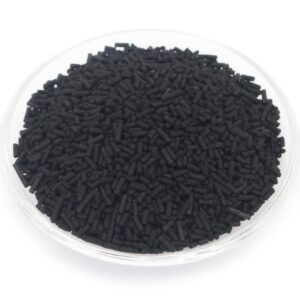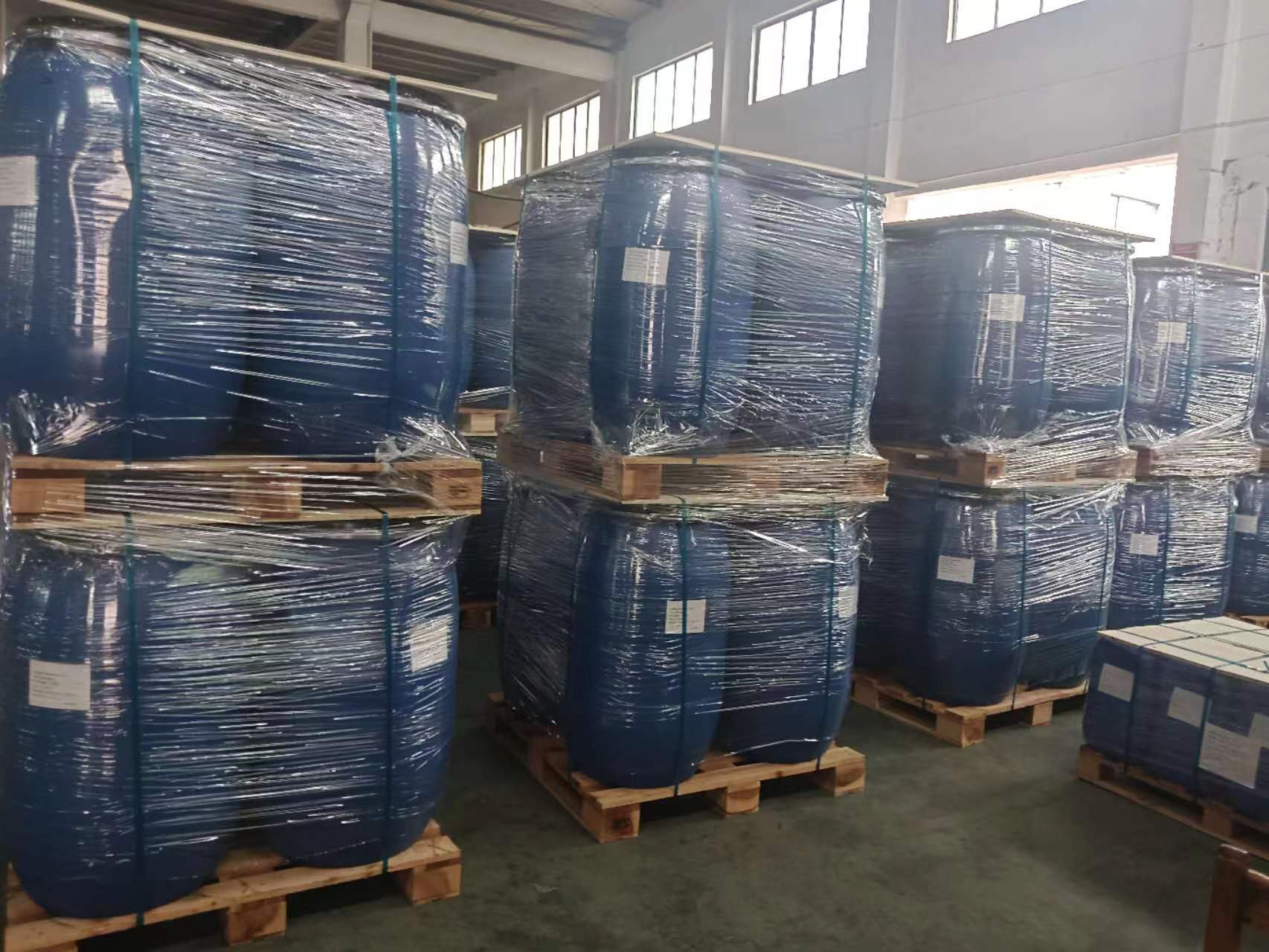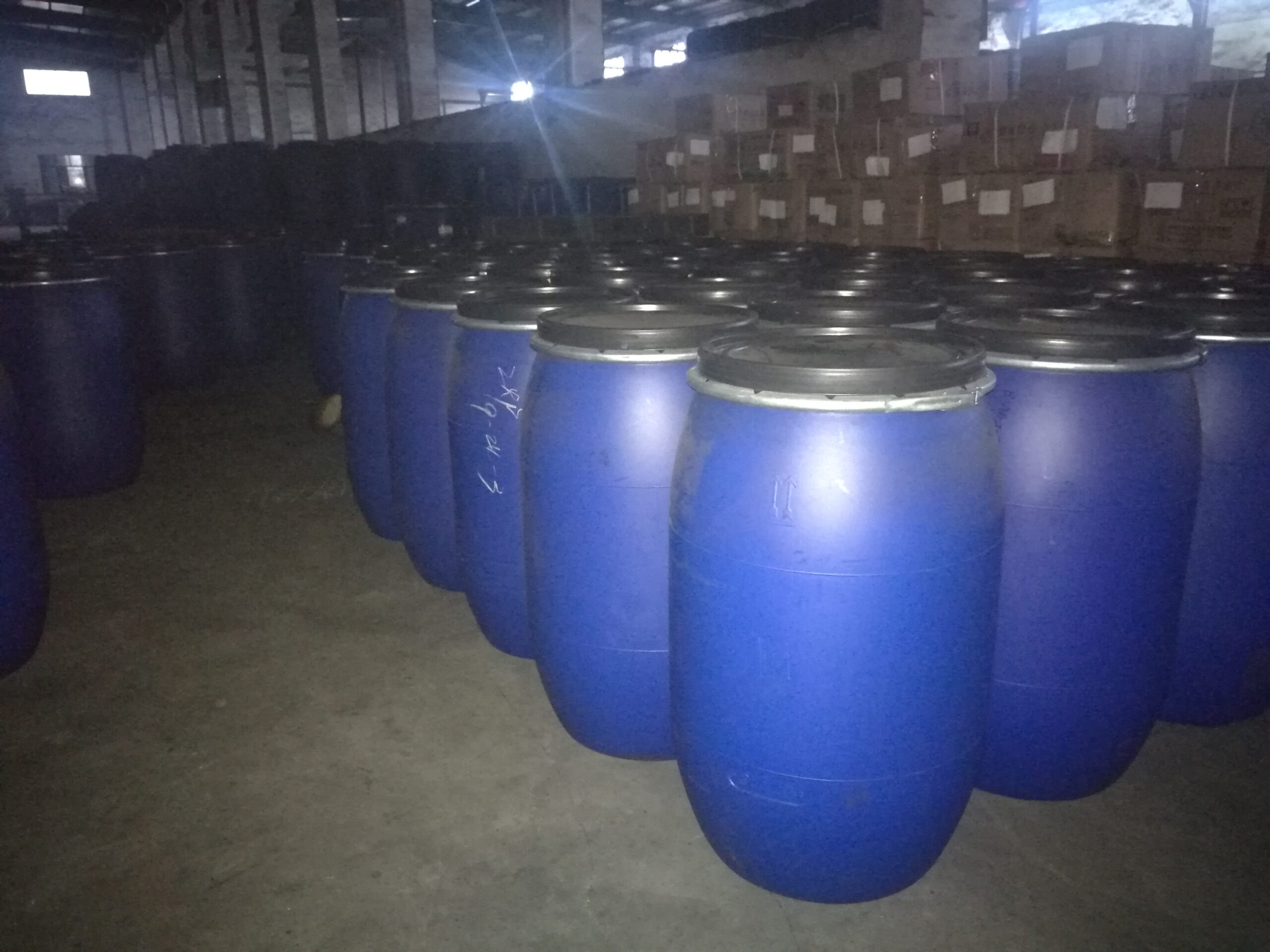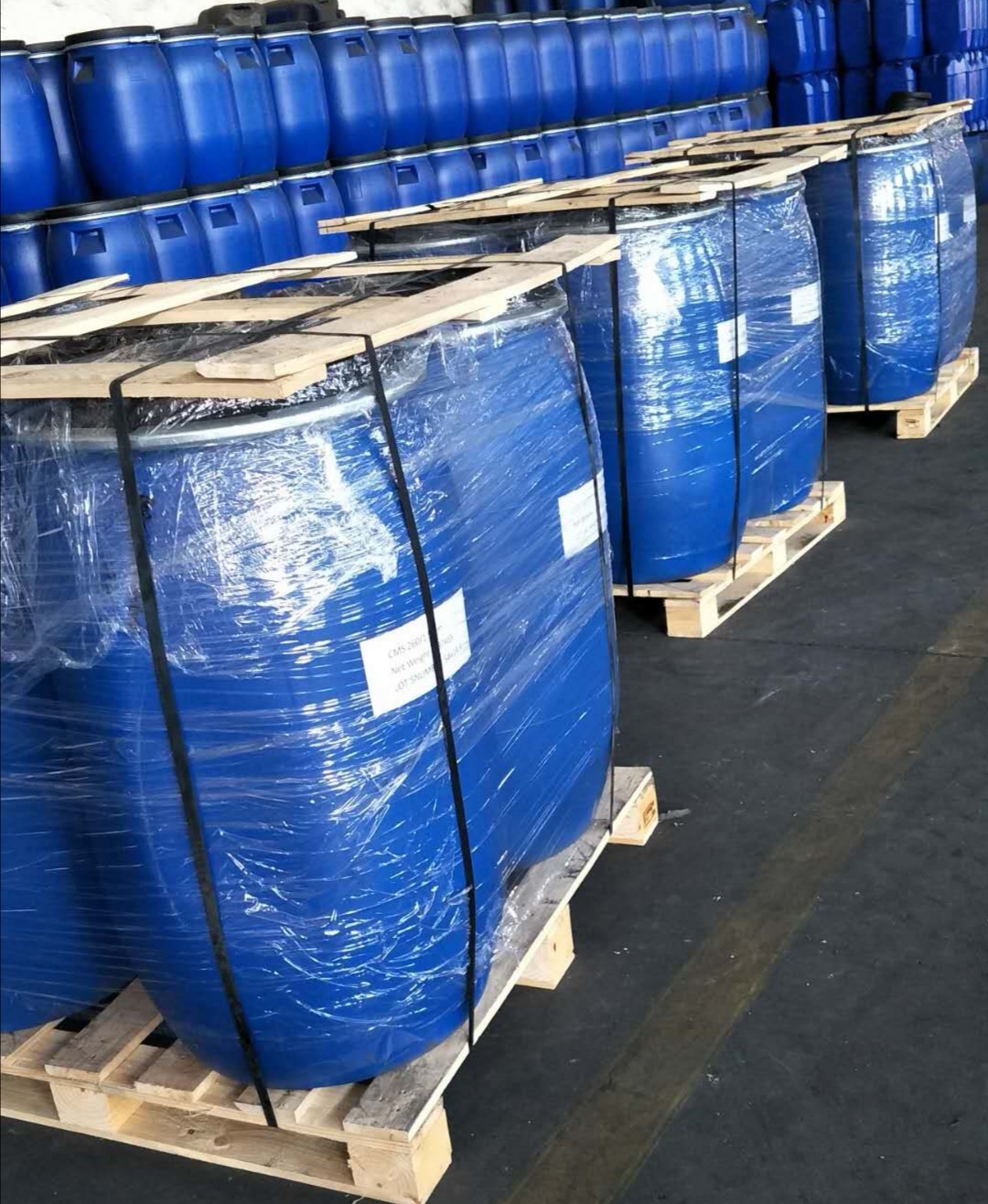A Comprehensive Guide to Carbon Molecular Sieve Replacement: Key Steps and Common Issues
一、 Why Regular Replacement of Carbon Molecular Sieve is Necessary
Carbon molecular sieves are the core materials in gas separation and purification systems, widely used in industries such as nitrogen and oxygen production. Their performance directly affects the efficiency of equipment operation. Over time, the quality of carbon molecular sieves in nitrogen generators deteriorates, leading to a decrease in the purity of the produced nitrogen, necessitating replacement to restore purity.
Improper operation and maintenance during the use of carbon molecular sieves can cause poisoning. For instance, if the air purification equipment is not properly equipped or is malfunctioning, oil and water impurities can enter the adsorption tower directly and be adsorbed by the carbon molecular sieves, causing poisoning and severely damaging the desorption capacity. This results in a significant reduction in nitrogen production and purity. Regular replacement is a necessary operation to ensure system stability. Mastering the correct replacement method can effectively extend the equipment’s lifespan and reduce downtime losses.

二、Preparations Before Replacement
The failure of carbon molecular sieves is typically indicated by a decrease in gas purity, an increase in pressure difference, or an increase in energy consumption.
Before replacement, it is essential to thoroughly evacuate the residual gas in the adsorption tower to prevent residual moisture or oil from contaminating the new molecular sieves. At the same time, check if the screen and compression devices inside the tower are intact. Any damaged parts should be replaced simultaneously to avoid molecular sieve pulverization and leakage.
三、 Key Points for Standard Filling Operations
The filling process must be strictly protected from moisture, and the exposure time to air should not exceed 2 hours. It is recommended to fill in sections, gently tapping the tower wall after each 1/3 volume is filled to ensure even distribution of the molecular sieves. Finally, use a dedicated press plate to compact them, leaving 10%-15% expansion space.
Incorrect filling density can cause airflow short circuits or molecular sieve friction and breakage, significantly reducing adsorption efficiency.
四、System Debugging After Replacement
The new molecular sieves need to undergo activation treatment during their first operation, gradually heating up to 120°C – 150°C and maintaining this temperature for 4 – 6 hours to thoroughly remove the moisture adsorbed during transportation and storage.
During the debugging stage, monitor the dew point and oxygen content of the outlet gas. If the standard values are not reached within 48 hours, check the airway sealing or whether the molecular sieves have been adequately activated.

五、Precautions
1. Safety First: Throughout the operation, wear protective glasses and gloves to prevent carbon molecular sieve dust from irritating the eyes and skin.
2. Professional Operation: It is recommended that the replacement be carried out by professionals to ensure accuracy and safety.
3. Quality Control: Purchase high-quality carbon molecular sieves to ensure the performance of the nitrogen generator and the purity of the nitrogen.
4. Maintenance: Regularly maintain the nitrogen generator to extend its service life and improve operational efficiency.
By following these steps and precautions, the replacement process of carbon molecular sieves can be both safe and efficient, ensuring the stable operation of the nitrogen generator and the continuous supply of nitrogen.
六、Warnings on Common Operational Misconceptions
Mixing different batches of molecular sieves can cause fluctuations in adsorption performance; direct pouring during filling can lead to particle size stratification; neglecting oxygen detection may cause safety hazards.
Some users only replace part of the molecular sieves to save costs, but this approach can accelerate the failure of the new sieves. It is recommended to replace the entire tower.
Regular maintenance records and performance monitoring can help predict the replacement cycle. Generally, the service life of industrial-grade carbon molecular sieves is 3 – 5 years. Mastering these key points can maximize the performance of the molecular sieves and avoid secondary investment due to improper operation.



